In Virginia’s Shenandoah Valley there is a gravestone that reads:
Here lies the remains of John Lewis, who slew the Irish lord, settled in Augusta County, located the town of Staunton and furnished five sons to fight the battles of the American Revolution.
Those words are an apt summary of the Irish role in the Revolution. They responded en masse to the call for resistance to England. With more than 300,000 of them in the colonies, they had a major impact on the war. They ranged from frontiersmen such as the Lewises to In a letter to a friend, he explained his decision. He said the moment the Americans admitted the British “had the right to tax us in all cases…the most abject slavery and the deepest distresses would follow overnight.”
That was not logic or abstract belief — that was Irish blood talking. The Irish had seen first hand what the British could do to a defeated country.
One of the first acts of outright defiance to British authority in America was led by John Sullivan, son of schoolmaster Owen Sullivan of Limerick. Warned by Paul Revere on Dec. 13, 1774 that the British planned to station a regiment in Portsmouth, New Hampshire, Sullivan organized and led a raid on Fort William & Mary the following day. His men overwhelmed the small British garrison, hauled down the flag, and carried off one hundred barrels of gunpowder, some of which was used with deadly effect six months later at Bunker Hill.
John Sullivan became a major general in the American army. Another brother, James, was a tower of revolutionary strength in Massachusetts throughout the war.
A third brother, Daniel, died from mistreatment aboard a British prison ship in New York harbor.
Another Irishman struck the first blow against the English on the sea. In May, 1775, a month after the battles of Lexington and Concord, the British sloop-of-war, HMS Margaretta entered Machias Bay, Maine, home of Maurice O’Brien of Cork, and his five sons. The O’Briens organized a group of local fishermen who put to sea in their boats and captured the befuddled British sailors by boarding them in a wild rush. The infuriated English admiral sent two more sloops north from Boston to regain Margaretta. The salty O’Briens and their neighbors captured them too.

At Bunker Hill on June 17, 1775, Irishmen played a crucial role. The decisive fighting did not take place in the American fort on Breed’s Hill, but before a barricade at its base known to posterity as the rail fence. There the Americans were commanded by a tall taciturn Irish-American from New Hampshire named John Stark. A veteran of the French and Indian War, Stark saw that the British would try to outflank the American fort by sending a light infantry column up the Mystic River beach. Stark put a hundred men on the beach and took personal command of them. They smashed the flying column, forcing the British commander to commit his small army to a bloody frontal assault.
Almost half of Stark’s regiment were first or second generation Irishmen. One company, from Bedford, New Hampshire, had among its officers Daniel Moore, John Goffee, Thomas McLaughlin and John Patten, all natives of Ireland. Stark’s major, who was killed in the battle, was a six foot six Irish giant named Andrew McGlary.
Stark became a colonel in Washington’s army. Irked by Congress’s refusal to make him a brigadier, he resigned and went home to New Hampshire. There, in August 1777, he organized local militiamen to smash a column of marauding Germans at the battle of Bennington. The defeat badly weakened General John Burgoyne’s invading army and had more than a little to do with his defeat two months later at Saratoga. Congress immediately made Stark a brigadier.

Five other generals in Washington’s army were Irish born. John Shee came from County Meath, Richard Montgomery and Richard Butler from Dublin, William Thompson from Londonderry. Major General Stephen Moylan, son of a Catholic merchant from Cork, served as a Washington aide and later as quartermaster general of the Continental Army. His self-designed uniform included buckskin breeches, a bearskin hat, a red waistcoat — and a bright green coat. Another key Washington aide, Charles McHenry, was born in Antrim. Finally there is Commodore John Barry, “father of the American Navy,” who was from County Wexford.
Three signers of the Declaration of Independence, James Smith, Matthew Thornton and George Taylor, were Irish born, and many more were of Irish descent. The great manifesto was read to the people on July 9, 1776 in the Philadelphia State House yard by Colonel John Nixon, son of Irish born Richard Nixon. Charles Thomson, the permanent secretary of the Continental Congress and close friend of Benjamin Franklin, was from County Derry.
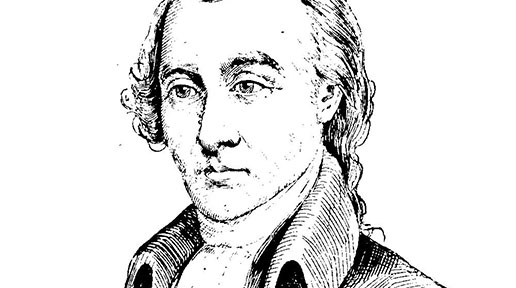
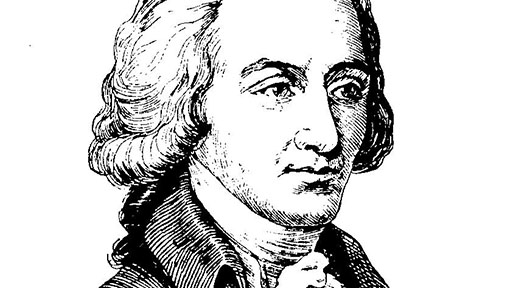
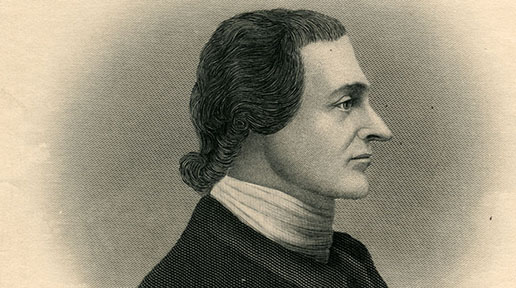
When Parliament passed the Stamp Act in 1765, a discouraged Franklin wrote Thomson from London that “the sun of liberty is set, and Americans must light the lamps of industry and economy.”
Thomson replied: “Be assured that we shall light torches of a very different sort.”
The Irish had settled in large numbers in Pennsylvania and Maryland. They rushed to enlist when the war began. One study estimates that fifty percent of the men in Colonel William Smallwood’s Maryland regiment were Irish. At the chaotic battle of Long Island, most of the American field army was routed by a clever British flanking movement, followed by a massive frontal assault. Only Smallwood’s Marylanders retained their formation. To give the fugitives time to escape, Smallwood led his 400 men against surrounding British regiments outnumbering them ten to one. George Washington, watching their doomed assault, cried: “Great God, what brave fellows I must lose this day!”
In some regiments of the Pennsylvania Continental Line, the percentage of Irish was as high as 70 percent. The Pennsylvanians were often called “The Line of Ireland.” The Virginia cavalryman Light Horse Harry Lee said they were “singularly fitted for close and stubborn action, hand to hand, in the center of the army, and always preferred an appeal to the bayonet to a toilsome march.” Another officer said of them: “they served everywhere and surrendered nowhere.” After the defeat on Long Island, two Pennsylvania regiments led by Irish-born colonels were chosen as the rear guard to cover the retreat to Manhattan.

The Carolina and Georgia back country also had large numbers of Irish settlers. It was among them that the famed guerilla general Frank Marion, “The Swamp Fox,” recruited his Second South Carolina regiment. The historian and novelist William Gilmore Simms wrote of Marion’s Irish recruits: “They inherited, in common with all descendants of the Irish in America, a hearty detestation of the English name and authority. This feeling rendered them excellent patriots and dating soldiers.”
Morgan’s Riflemen was another southern regiment with a heavy proportion of Irish. They were the heroes of the bloody fighting in the two battles of Saratoga. In the climactic struggle on October 7, 1777, Morgan’s favorite sharpshooter, Tim Murphy, picked off the best British general on the field, Brigadier Simon Fraser. His death took the heart out of the royal regiments. The following day, the British commander, John Burgoyne, retreated, and within a week was negotiating the surrender that mined the tide of the war in America’s favor.
In the bitter fighting around Savannah in 1779, Marion’s Second South Carolina regiment stood beside two other regiments of Irishmen who wore the uniforms of France. These were soldiers from the famed Irish Brigade, who served the King of France in his battles with England for over a century. When the French entered the war on the American side, the commander of the brigade, General Count de Dillon, went to King Louis XVI and insisted that his men be chosen first among the regiments sent to America.
Unfortunately, the American assault on Savannah met a bloody repulse. A happier story is the achievement of the Irish regiments in the Spanish army. They played a major role in the Spanish offensive that captured Florida from the British in 1780-1781. They were led by Lt. Colonel Arturo O’Neil. Among the officers were Captains Juan Hogan, Eduardo Nugent and Pedro O’Reilly.
Exactly how many Irish served in the American army will always be a source of debate. Historian Michael O’Brien, who devoted his life to the study of the Irish in Revolutionary and Colonial America, concluded that approximately 38 percent of Washington’s soldiers were either Irish born or of Irish descent. O’Brien based his figure on exhaustive studies of muster lists and recruiting rolls, many of which stated where soldiers were born.
Some estimates go higher. The British general, Archibald Robertson, testifying before Parliament in 1779, declared that 50 percent of Washington’s army was Irish. Philadelphia loyalist Joseph Galloway named the same figure. Some American historians have disputed these estimates, arguing that most of the Irish were really “Scotch-Irish” — a vague term suggesting they were either from Scotland or Scottish Protestants who had settled in Northern Ireland.
The indefatigable O’Brien answered this assertion by compiling a list of names from Revolutionary muster rolls that have appeared in Irish history for centuries. There were no less than 695 Kellys in the American army, 494 Murphys, 331 McCarthys, 327 Connors or O’Connors, 322 Ryans and 248 Doughertys.
One of O’Brien’s most notable triumphs came in a dispute with Senator Henry Cabot Lodge of Massachusetts. Lodge asserted that the population of Massachusetts at the time of the Revolution was “of almost pure English blood, with a small infusion of Scotch Irish from Londonderry.” O’Brien found 3,000 unquestionably Irish names on the state’ s revolutionary muster rolls — and not one Lodge.
Probably no better proof of the substantial number of Irish in the American Army was the enthusiasm with which St. Patrick’s Day was celebrated in the winter camps. At Valley Forge, some non-Irish members of the army decided to make fun of “Paddy” and a near riot ensued. The Irish subsided only when Washington promised to punish the troublemakers who had insulted the Saint. The commander-in-chief ordered an extra issue of rum, and “thus all made merry and were good friends.” On March 17, 1780, in the winter camp at Morristown, the password was “Saint” and the countersign was “Patrick.”
The British spent much time and money trying to persuade the Irish, both at home and in America, to join their side of the conflict. They were rarely successful. When the British army captured Philadelphia in 1777, the commander, Sir William Howe, was assured that he would have no trouble raising a Roman Catholic volunteer regiment among the Irish of the city. After six months of strenuous recruiting, the British officer in charge, Colonel Clifton, himself a Catholic, glumly reported 180 volunteers. In another five months, desertion reduced this figure to a pathetic 80.
In New York, equally strenuous efforts were made to raise men from “the emigrants from Ireland.” General Sir Henry Clinton wrote the English Secretary of War of his plan to lure the poverty stricken Irish to a cause which, he candidly admitted, “was contrary to the particular interests of most of them.”
On March 17, 1779, Lord Rawdon, an Irish-born English officer (and one of the bravest of the British at Bunker Hill) advertised in the New York papers “thirty shillings sterling and equipment in the most complete manner to anyone who would enlist in a new regiment, to be called The Volunteers of Ireland.”
Rawdon raised 400 men, whom he treated to a prodigious St. Patrick’s Day feast. What happened to these volunteers in the ensuing months would make an excellent comedy. Desertions were so heavy that the exasperated Rawdon was soon offering ten guineas for the head of any deserter. In 1781, Rawdon took his volunteers on a march from Camden, South Carolina to the Savannah River, passing through a number of Irish settlements where the British hoped the regiment’s presence would attract some flutterings of loyalist feelings. Instead, more than half the volunteers deserted, with the collusion of the Irish civilians along the line of march. By the end of the year, the regiment had dwindled to a mere handful of stragglers, and a notice appeared in the papers that Lord Rawdon was “much indisposed” and was returning to England.
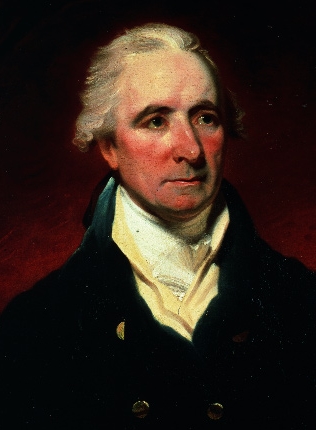
In the Irish Parliament, orators such as Henry Grattan openly espoused the American cause, seeing in it the best hope of escaping England’s heavy hand. In London, two other brilliant Irish orators, Isaac Barré and Edmund Burke, regularly castigated the government in Parliament, and defended the Americans at every opportunity. In a debate before the war began, Barré called the Americans “Sons of Liberty,” a name that was instantly adopted by resistance groups throughout the thirteen colonies.
The Irish were also willing to loosen their purse strings for the Revolution. In 1780, the treason of Benedict Arnold and the bulldog determination of the British war effort had severely depressed American morale. The value of continental currency sank to the level of waste paper, and Washington reported desertions mounting. Ninety-two Philadelphia merchants stepped forward with three hundred thousand pounds to buy food for the starving soldiers. One third of this amount, or one hundred and three thousand pounds — the equivalent of several million dollars in today’s money — was raised by members of the Friendly Sons of St. Patrick.
There is no better illustration of the fervor with which Irishmen embraced the American cause than that dolorous episode known as the mutiny of the Pennsylvania Line. In January of 1781, as a result of the “nakedness and famine which were their daily companions” 2,400 enlisted men in the Line revolted, imprisoned their officers, and threatened to march on Philadelphia to obtain justice from Congress at the points of their bayonets. The British rushed spies from New York into the American camp at Morristown, offering the mutineers a chance to enlist in the British army, with a guarantee of payment of all their back pay in gold and silver. The indignant Irish roared that they were “no Arnolds.” They immediately arrested the spies and eventually turned them over to Washington for hanging.
Although Washington viewed the mutiny as a body blow to the army — he was forced to discharge many soldiers who claimed they had only enlisted for three years — he was impressed by the mutineers’ loyalty. “It is extraordinary,” he wrote, “that these men, however lost to a sense of duty, had so far retained that of honor as to reject the most advantageous propositions from the enemy.” In the spring of that year, General Anthony Wayne told Washington that the discharged soldiers “were importunate to be reenlisted.” A reclaimed and formidable Line was the result.
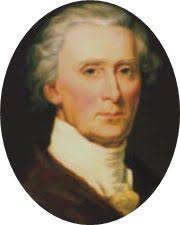
Probably the best individual example of Irish loyalty and daring is the story of Hercules Mulligan. This burly gentleman’s tailor was one of the leaders of New York’s Sons of Liberty. He battled Tories with words and fists in the tumultuous days before the Revolution. When hostilities began and Washington was forced to retreat from New York, Mulligan stayed behind. He pretended he had changed his mind about the rebellion.
Actually he became one of Washington’s most valuable spies throughout the war. He picked up all sorts of information from British officers while he was fitting them for new uniforms. Once, he saved Washington’s life by warning the commander in chief of a British plan to kidnap him while he was travelling through Connecticut.
When Benedict Arnold defected, he named Mulligan as a spy. But the fast talking Irishman convinced the military court he was loyal to the king and he was acquitted for lack of evidence. At the end of the war, Mulligan found himself in even worse danger from his fellow Americans. New York patriots resolved to even scores with Mulligan the presumed loyalist, when the British evacuated New York. Washington made sure this revenge remained unperpetrated. The British sailed out of New York Harbor on November 25, 1783. The next morning, after reviewing his troops on Bowling Green, Washington rode across town with all New York watching and ate breakfast with Hercules Mulligan.

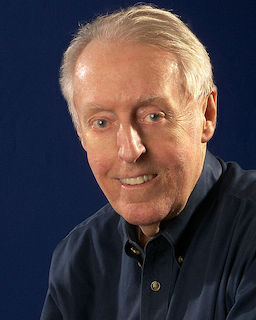 Thomas James Fleming (July 5, 1927 – July 23, 2017) was an American historian and historical novelist and the author of over forty nonfiction and fiction titles. His work reflects a particular interest on the American Revolution, with titles such as Liberty! The American Revolution And The Future Of America, Duel: Alexander Hamilton, Aaron Burr, and the History of America and Washington’s Secret War: The Hidden History of Valley Forge.
Thomas James Fleming (July 5, 1927 – July 23, 2017) was an American historian and historical novelist and the author of over forty nonfiction and fiction titles. His work reflects a particular interest on the American Revolution, with titles such as Liberty! The American Revolution And The Future Of America, Duel: Alexander Hamilton, Aaron Burr, and the History of America and Washington’s Secret War: The Hidden History of Valley Forge.

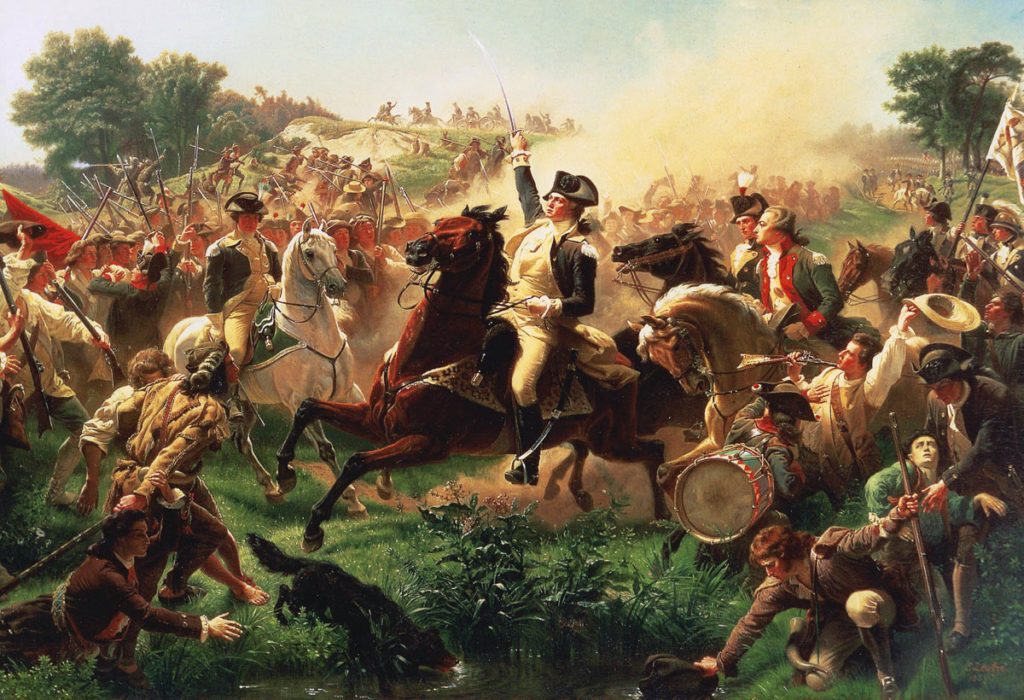
Every High School kid in America needs to know this great and proud history!
Thank you